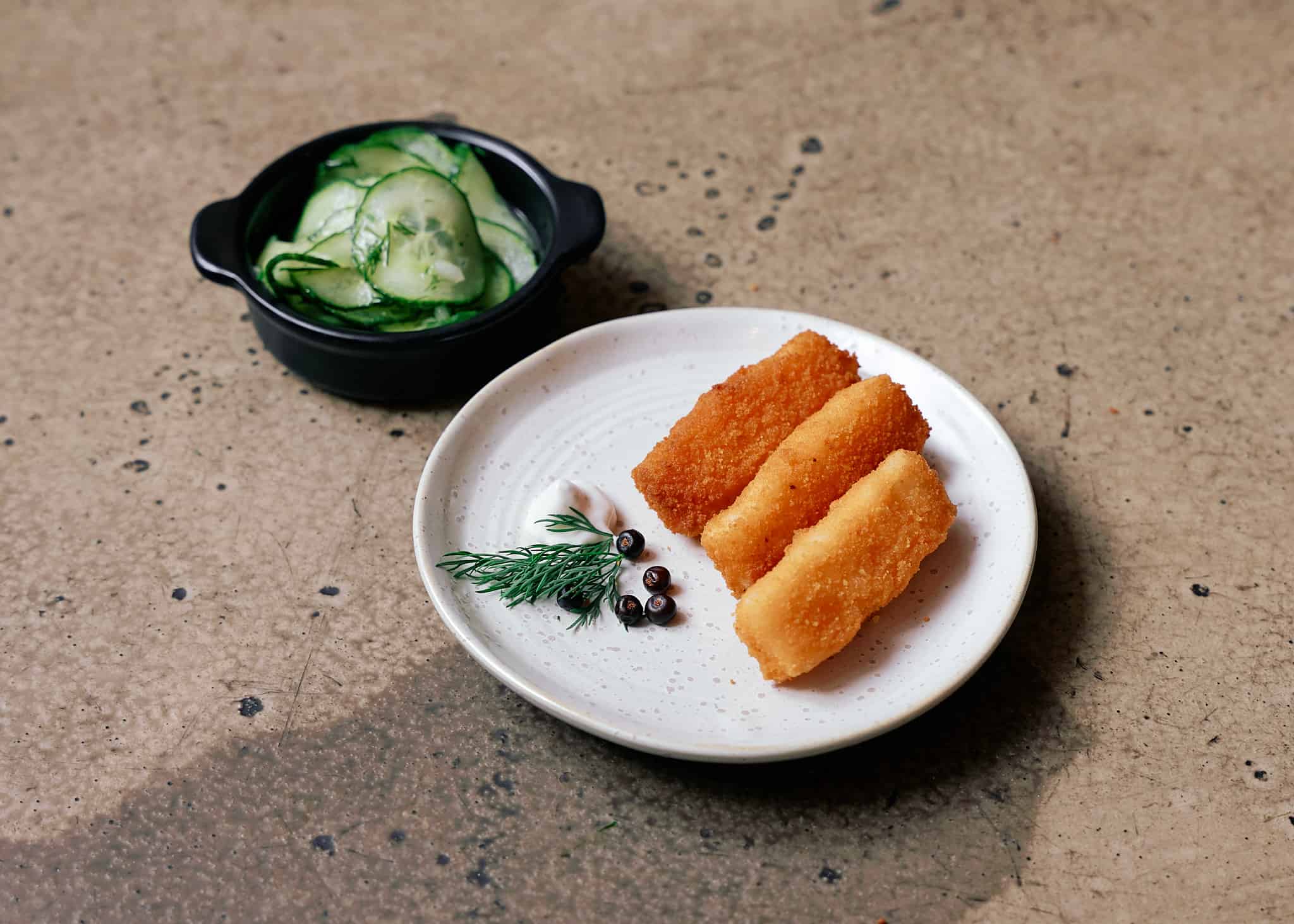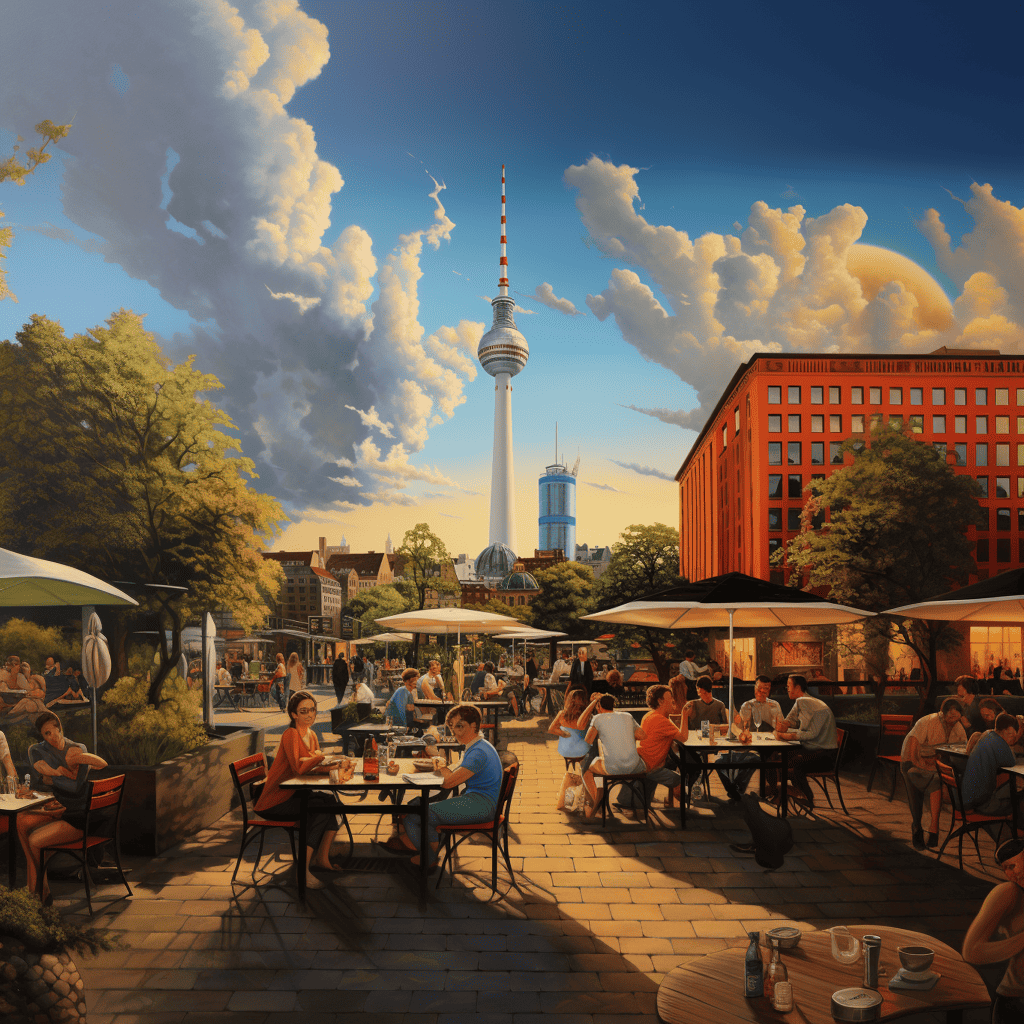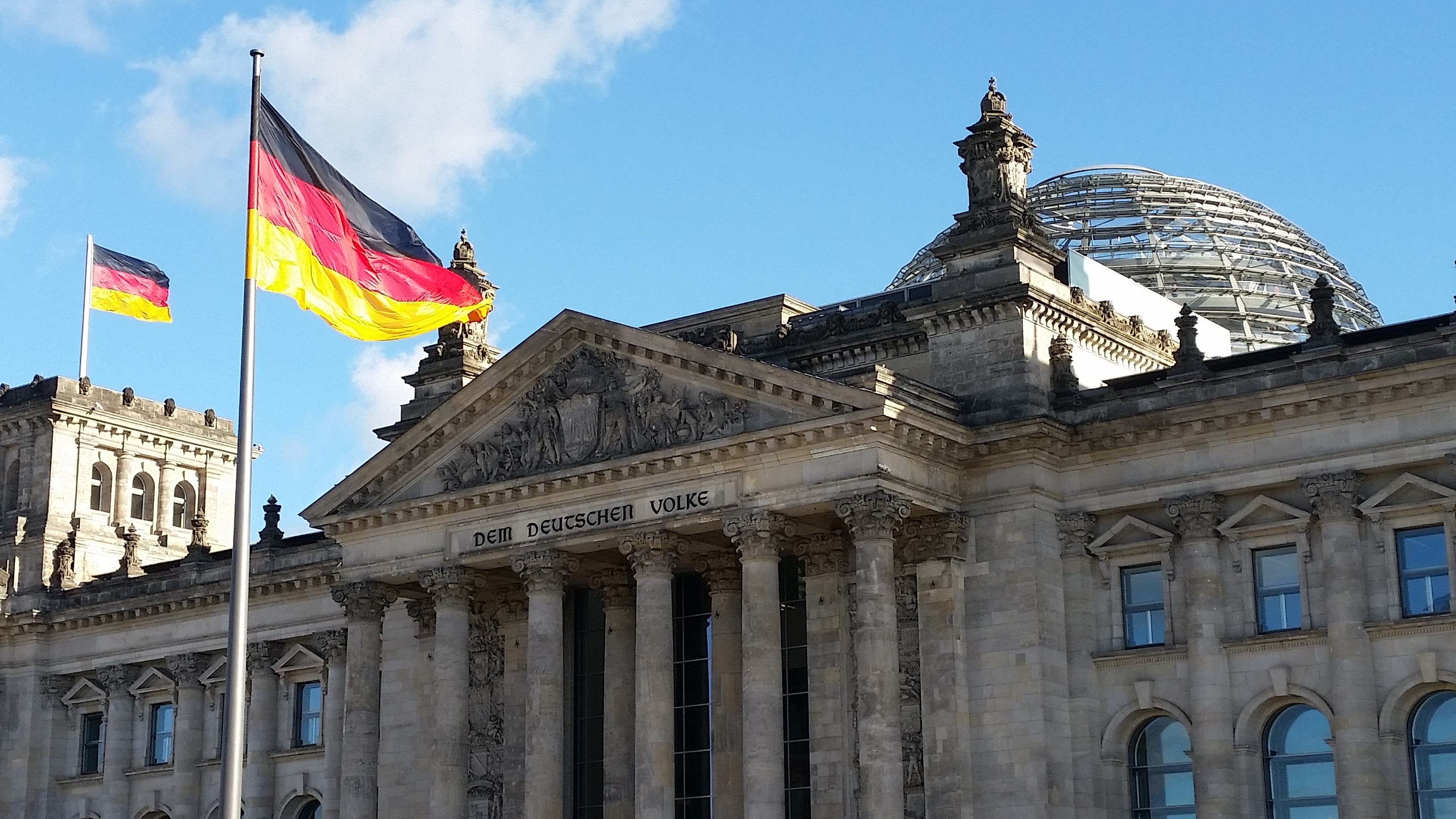
“Don’t talk too loudly or move too fast”, whispers Professor Tim Landgraf from the Freie Universtät Berlin. “Otherwise the fish will freak out.” He has just pulled up a large curtain which is surrounding a big tank with four small fish. Well, there are three of them, because one of the fish is actually a robot that is moved back and forth with the help of a magnet underneath the aquarium.
The goal, Landgraf explains, is to make the robot fish as much as possible a part of the group of the real fish in order to map the behaviour of the school of fish. “We’re getting better and better at it,” he says. The robot fish is becoming more and more accepted as a group member. It was a matter of taking small and bigger steps. When the fish got realistic large round eyes instead of painted dots, it proved to be an enormous leap forward. “That’s what the other fish were scared to death of.”

It is just one of the nature research projects that Landgraf is working on at the Berlin University. The other major project involves a bee population in which all bees have been tagged so that their behaviour can be observed over a lifetime.
But why? Why is that information of any use to us?

Food exchange
Landgraf does a lot of thinking. Animals and plants are often extremely good at particular things. The way in which bees collect and search for food, how they communicate with each other, etcetera. These are processes that have been perfected over hundreds of thousands of years. If you can capture that in algorithms, it can be extremely educational. “Everything we see in nature is enormously complex and are actually highly developed technologies from which we as human beings can learn if we look closely enough.”
An example of this for bees is how they use their energy. Like humans, bees need food to carry out their work. But sometimes their energy reservoir is empty, while the work is not yet finished and there are no flowers with nectar nearby. Bees have found a solution to this problem. They have a kind of second stomach with reserve food for friends in need. If one of the bees runs out of food, it can fill up on food from another bee.

Auto-pilot driving
It’s a concept that Landgraf says people could use with electric cars. Especially when all cars will be driven using autopilot. You could provide them with a spare battery that would help other cars which have a flat battery. This would partly solve the problem of the limited range of e-cars. The refueling can even be done while driving, says Landgraf. Then you won’t waste any time.
And that just happens to be another research field of research at the FU Berlin. Twenty meters from Landgraf’s office, other FU employees use robot cars in their quest to perfect autopilot driving. Docking is also being tested. Outside, of course, there is also a real car to try out in the real world what has been tested in the laboratory set-up. Different fields of research intersect, says Landgraf. According to him, it’s the sort of research that Facebook and Google also do. They just have a little more money.








